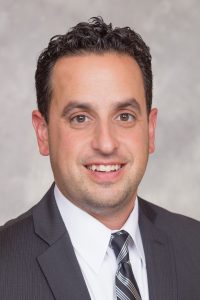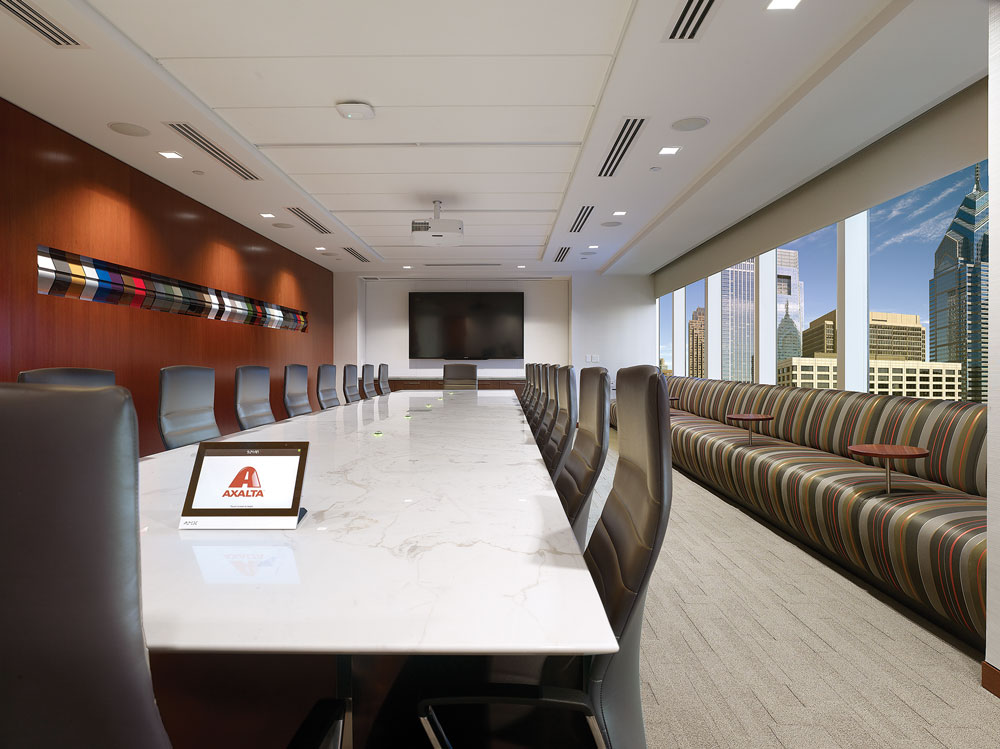ULTIMATE PARTNER: Q&A On the Role of the Owner’s Rep with CBRE’s Scott Allen
 Go to https://stobuildinggroup.com/wp-content/uploads/2014/02/Scott_Allen.jpg
Go to https://stobuildinggroup.com/wp-content/uploads/2014/02/Scott_Allen.jpg
The role of an “owner’s rep” in commercial real estate projects has evolved significantly in the last two decades. How has that affected the relationships among a project team—and why does that matter to clients? Philadelphia-based CBRE director of project management Scott Allen answers those questions and more in this industry Q&A.
You started your career as a civil engineer. What drew you to shift to commercial real estate?
I always had an interest in commercial real estate. It was during my coursework in earning my MBA that I decided to pursue my interest in the industry. I realized that the combination of an educational background in civil engineering, a professional engineering license and an MBA was a perfect fit for the project management side of commercial real estate. It is an exciting industry. Every day presents new challenges and I have had the chance to develop incredible relationships with people across all corners of the market.
Why do you think the “owner’s rep” role has become such an asset to commercial real estate clients?
At CBRE, our project management team looks at ourselves as an extension of our clients. We be¬come entrenched in their culture and treat every project as if it were our own. That mentality has allowed clients to see the benefit of us as an ally and facilitates building a strong foundation of trust. Commercial real estate projects are complicated, and they are continuing to evolve. Managing professional services firms, construction and FF&E (furniture, fixtures and equipment) requires a skill set that not all possess. We are able to provide that to our clients by minimizing their risk and maximizing their value. The owner’s rep has become a role as critical as any other on the project team. We foster the development of the project team, the relationship amongst the team, and ultimately work hand-in-hand with the client to ensure the team delivers.
How do you approach managing the various members of a project team?
For us, it all starts with building a strong foundation of respect and partnership. As we begin developing a project team, it is important to keep those two aspects in the forefront. Everyone on the team has a job to do with the ultimate goal of delivering the project to our client to the best of our abilities. As the project manager, we are not the expert in each individual trade. It is our job to get the best we can out of the team and under¬stand how each member can best fit in the partnership. To achieve that goal, it is critical that all team members respect each other’s role.
What is most important when it comes to the owner’s rep/contractor relationship?
The most important thing in the owner’s rep/ contractor relationship is communication. There needs to be an open line of communication in relation to every aspect of the project, including schedule, budget, unforeseen conditions, change requests, etc. There are a million different things that come up during the course of construction. Being able to lean on the contractor to help make things happen is important. Overall, every relationship on the project team is important and they must be built on a foundation of trust.
 Go to https://stobuildinggroup.com/wp-content/uploads/2014/02/Axalta-2_sm.jpg
Go to https://stobuildinggroup.com/wp-content/uploads/2014/02/Axalta-2_sm.jpg
CBRE and Structure Tone have worked together on several projects. How does that kind of consistency benefit projects?
Over the years and over various projects (e.g., Drinker Biddle & Reath, Axalta Coating Systems, Five Below and Bayada Home Health Care, just to name a few), our respective teams have devel¬oped an understanding of how each other work. We understand the strengths of the different teams at Structure Tone and how to utilize those to the project’s advantage. Through our strong relationship with the leadership team at Structure Tone, we are able to work together to ensure those team members are available and deployed effectively. This leads to a tremendous advantage for our clients and for each of us.
What have been the biggest changes you’ve seen in the commercial real estate market over your career?
The biggest, in general, is the evolving workplace and how workplace strategy has changed the way clients are thinking about using their office space. This has posed new challenges as an owner’s representative. For instance, the professional services teams need to adapt to understand what each specific client is ultimately looking to achieve. Furthermore, the evolving workplace has led to an increase in coordination effort as the integration of FF&E has become more critical. I have also seen a change in the speed at which projects are being completed. Clients are pushing harder and harder to get jobs done faster while keeping the same high level of quality. Lastly, the increased cost of construction (in Philadelphia specifically) has been a significant change. This makes the project manager’s involvement early in the process more advantageous to properly set budget expectations for the client.
What has remained constant?
From a project management and owner’s rep perspective, the overall project delivery process and the need for established relationships has remained constant. No matter what may change in the real estate market, CBRE project management will always rely on the relationships that we have created in the market and the processes that we put in place to deliver world-class results.
What are the trends you see on the horizon?
The new standards for workplaces will continue to evolve. We as project managers need to, as always, stay aware of these changes and be able to discuss the pros and cons with our clients. I foresee that there will be an increase in high-end technology, particularly automation, within the workplace, and it will become an increasingly critical part of the project manager role to understand how it integrates into the overall project.
Photos courtesy Don Pearse Photographers.
